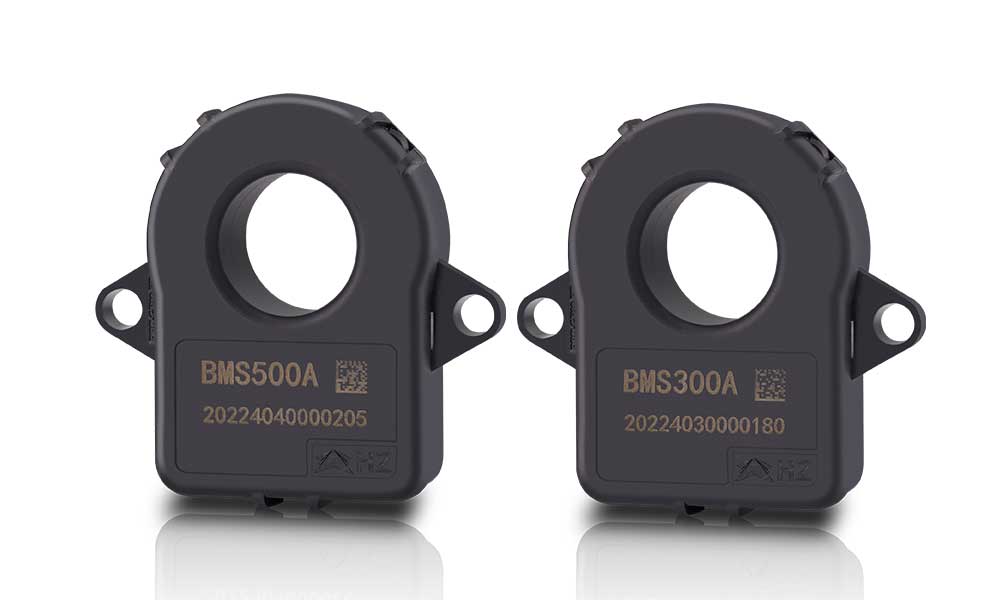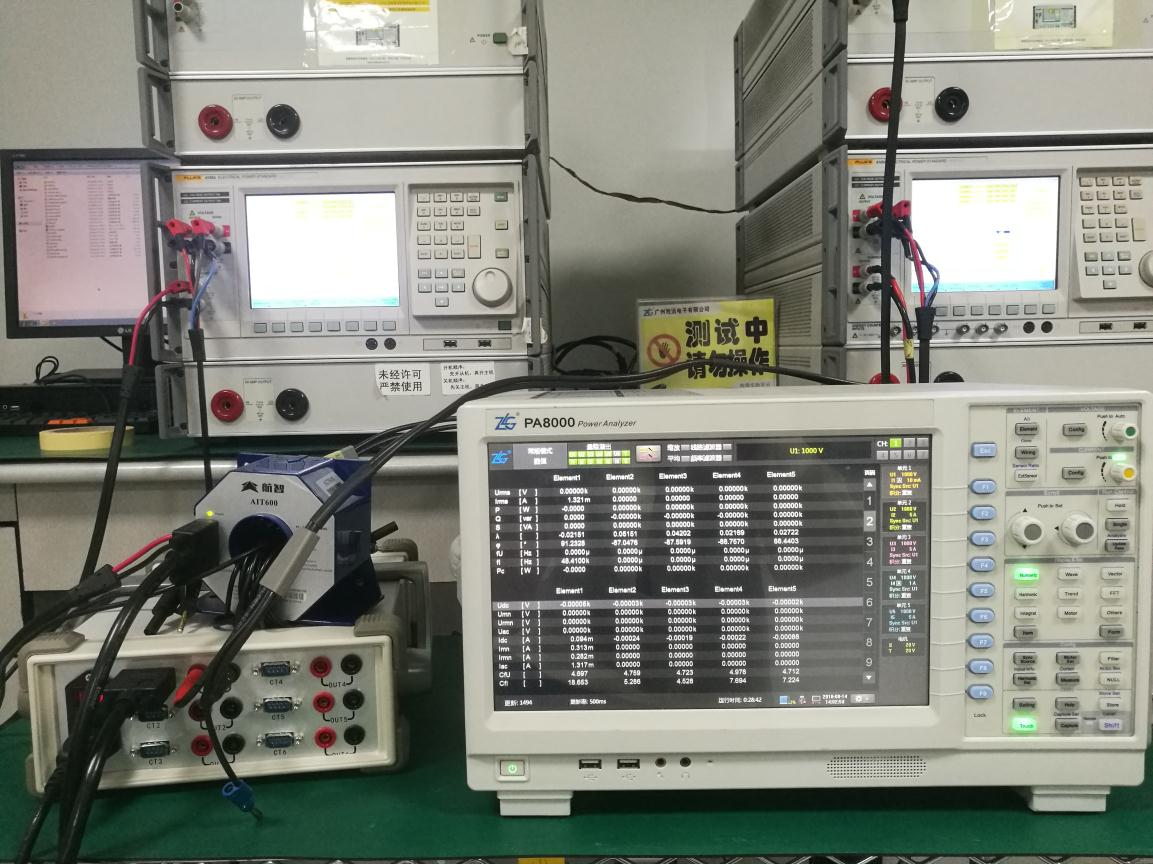
Sommario
The Role of Current Transducers in Enhancing Electric Vehicle (EV) Charging Efficiency
In the past, battery-operated cars were limited to childhood toys and movie screens, but today, electric vehicles (EVs) have moved from futuristic concepts to everyday reality.
EVs make up nearly 15% of global car sales—a figure set to grow exponentially. This shift highlights the demand for efficient, reliable, safe charging solutions. At the heart of these systems lies a critical component: current transducers.
Current transducers ensure precise monitoring and control of electrical currents, vital for achieving high efficiency and safety in EV charging systems. Advanced components like these enable smoother and safer charging infrastructure in residential and commercial settings.
Learn more about high-precision applications for the EV mobility industry here.
What is a Current Transducer and Why is it Important for EV Charging?
Understanding Current Transducers in Electrical Systems
A current transducer converts the flow of electrical current into measurable signals, which can be digital or analog, for monitoring and control purposes. By providing real-time insights into current flow, these devices allow systems to maintain optimal performance and avoid failures.
In EV charging systems, current transducers are indispensable for measuring battery charge and discharge cycles. They help ensure accurate data on EV batteries’ state of health (SoH) and state of charge (SoC), enabling reliable operation.
Why Current Transducers are Essential for EV Charging Efficiency
Charging an EV efficiently requires a balance of speed, safety, and energy optimization. Current transducers help monitor and regulate current, ensuring charging stations deliver the right power. This reduces energy waste, shortens charging times, and enhances the safety of charging systems—especially critical in compact, home-based setups where safety risks are higher.
How Current Transducers Work: The Technology Behind Efficiency
The Working Principles of Current Transducers
Current transducers operate by sensing electrical current and converting it into proportional signals, which are representations of the current’s magnitude.
A proportional signal maintains a consistent ratio to the measured current. For example, if a current transducer is designed to output 1 volt for every 10 amps of current, then a measured current of 50 amps would produce a signal of 5 volts. This proportionality ensures the system can accurately interpret the current’s strength based on the signal’s value.
The output signal might be analog, such as a varying voltage or current, or digital, depending on the design of the transducer (more on those below). This conversion ensures precise measurement and isolates the measuring circuit from high-power components, enhancing safety.
Once converted, output signals are transmitted to a system’s control unit, providing real-time feedback. This feedback allows the system to adjust parameters such as power delivery or thermal management to optimize performance, prevent overloading, and ensure efficient operation.
The Different Types of Current Transducers
Many current transducers are on the market, each suited to specific applications within EV charging systems. These include:
- Hall-effect transducers are known for being cost-effective and compact. These transducers are widely used but can have limitations in accuracy, particularly at high currents. Their adaptability to compact configurations makes them suitable for less demanding scenarios.
- Rogowski coils are non-intrusive and flexible transducers that excel in high-current applications. Their lightweight and flexible design makes them ideal for applications requiring ease of integration and minimal physical impact on the system.
- Shunt resistors arehighly precise in measuring currents and are often used in scenarios requiring detailed current monitoring. However, their performance can degrade in high-power situations due to heat-related issues, making them less ideal for heavy-duty EV charging systems.
Fluxgate transducers based on the fluxgate principle are fantastic for more demanding EV charging applications, as they offer high accuracy and stability across wide temperature ranges. They are particularly effective for modern EV charging systems where precision and reliability are critical.
Enhancing EV Charging with Precise Current Transducer Connections
Best Practices for Current Transducer Connection
A robust current transducer connection ensures accurate current measurement and smooth operation. Some best practices to consider for a precise current transducer connection are:
- Positioning the transducer accurately to minimize interference.
- Using shielded cables to reduce noise.
- Regularly calibrating the sensor to maintain accuracy.
Proper installation prevents issues like overheating or incorrect readings, which can compromise charging efficiency.

Overcoming Common Challenges in Current Transducer Installations
Common issues like noise interference or connection faults can significantly degrade sensor performance. To address these:
- Use advanced shielding techniques: Incorporate electromagnetic shielding films or enclosures around the current transducer to block external interference, ensuring the signal remains clean and stable.
- Inspect connections regularly for wear and tear: Routine checks help identify loose or corroded terminals, preventing signal disruptions. Ensure connections are tightened and cleaned as part of maintenance schedules.
- Employ high-quality transducers with in-built noise reduction: Opt for transducers designed with integrated filtering technologies or differential measurement capabilities to minimize noise at the source and improve reliability.
Automotive Current Transducers: Supporting the Future of EV Charging
Automotive Current Transducers for EV Powertrains
In EV powertrains, automotive current transducers monitor energy flow between the battery and motor. This monitoring ensures efficient power delivery while safeguarding components from overloads and provides precise measurements, enabling real-time adjustments that enhance overall vehicle performance.
Meeting the Demands of High-Power Charging with Current Transducers
With EVs moving towards ultra-fast charging, the demand for high-power systems has surged. Current transducers must handle more extensive current ranges, higher bandwidths, and extreme temperatures to meet these demands. Advanced transducers, like those using fluxgate technology, are well-equipped to provide the necessary performance and reliability.
Conclusion: Future Trends in EV Charging and the Role of Current Transducers
The EV market is rapidly evolving and booming. Trends like wireless charging and smart grids are redefining energy usage and delivery. Amidst this growth, current transducers remain vital for ensuring charging systems’ efficiency, reliability, and safety.
As EV adoption expands, investing in cutting-edge transducer technology will be vital in supporting advanced charging infrastructure. Contact our experts to learn more about our precision solutions for EV charging.
